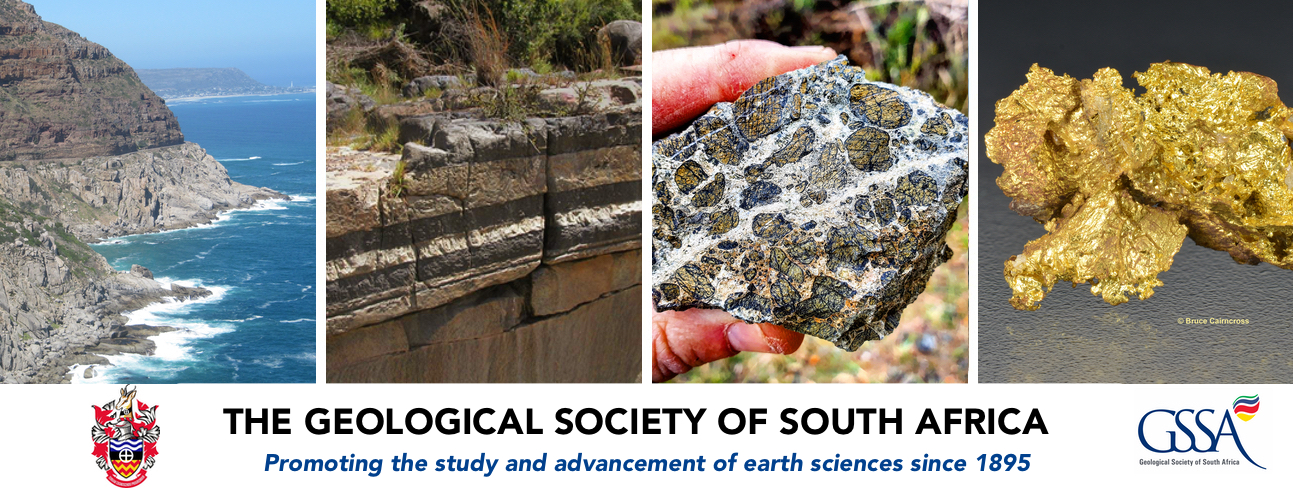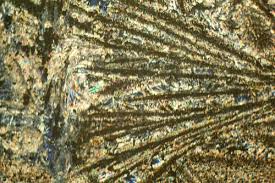The hottest lavas of the Phanerozoic and the survival of deep Archaean reservoirs
Large igneous provinces and some hotspot volcanoes are thought to form abovemantle plumes. Petrological investigations that suppor t this model suggest that plume-derived melts originated at high mantletemperatures (greater than 1,500?C) relative to those generated at ambient mid-ocean ridge conditions (about 1,350?C).Earth’s mantle has also cooled appreciably during its history and the temperatures of modern mantle derived melts aresubstantially lower than those produced during the Archaean (2.5 to 4.0 billion years ago), as recorded by komatiites (greaterthan 1,700C). Trela etused geochemical analyses of the Tortugal lava suite to show that these Galapagos-Plume-relatedlavas, which formed 89 million years ago, record mantle temperatures as high as Archaean komatiites and about 400?C hotterthan the modern ambient mantle. These results are also supportd by highly magnesian olivine phenocrysts and Al-in-olivinecrystallization temperatures of 1,570 ± 20?C. As mantle plumes are chemically and thermally heterogeneous,theyinterpretthese rocks as the result of melting the hot core of the plume head that produced the Caribbean large igneous province.Theirresults imply that a mantle reservoir as hot as those responsible for some Archaean lavas has survived eons of convection inthe deep Earth and is still being tapped by mantle plumes.


